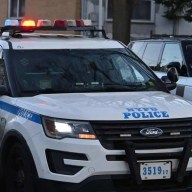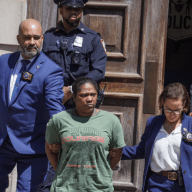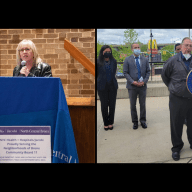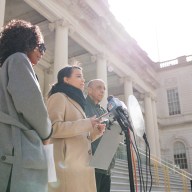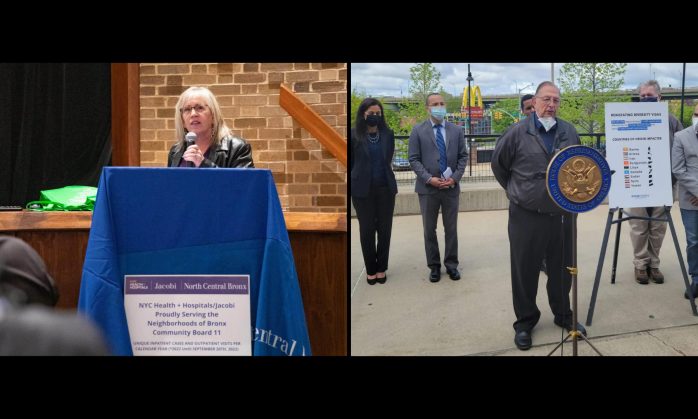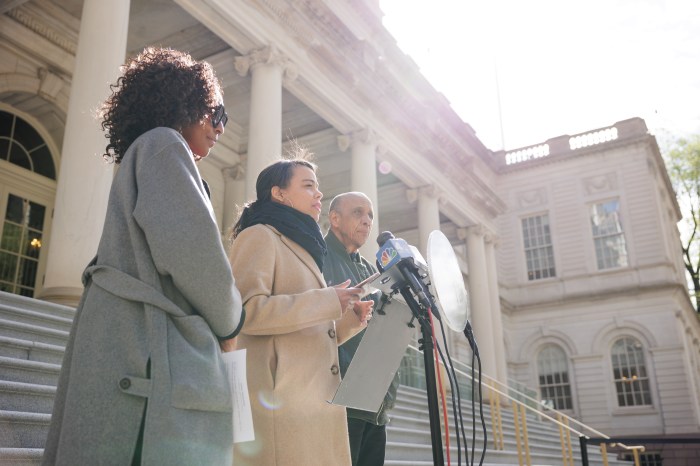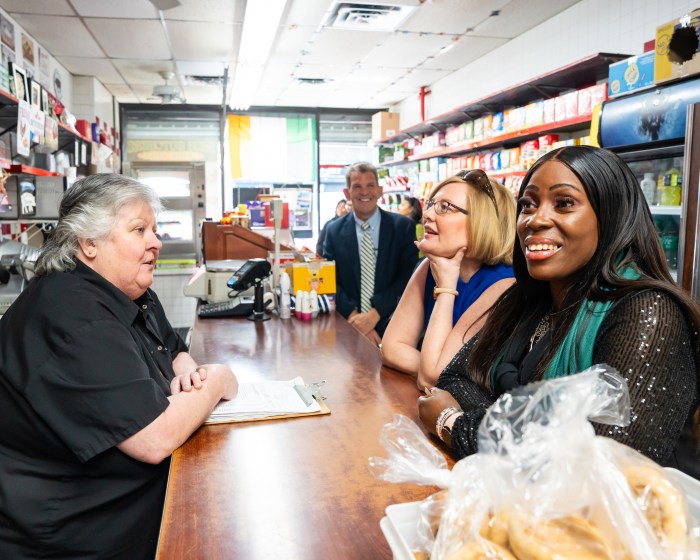Thanks to federal and state tax subsides, a former courthouse and New York City landmark in Melrose may soon get a new lease on life.
Known as the “105-year-old Gray Lady of The Bronx” to its developers, the former courthouse on E. 161st Street and Third Avenue may see complete redevelopment after years of neglect and abandonment.
The developer plans on taking advantage of breaks in the federal tax code for the redevelopment of historic buildings that provide an up to 20 percent tax credit on “substantial rehabilitation of commercial, agricultural, and industrial or rental residential buildings that are certified historic,” Liberty Square Partners spokesman Fred Connolly confirmed.
The group is now in talks with several entities for leasing opportunities after $10 million of renovations on the building’s interior.
“Henry Weinstein is one of three partners who owns the building, and he wants to restore it to some public service, like as a school or library,” Connolly said. “We are currently in talks with a public entity who could take two-thirds of the building, and there could be news on that very soon.”
Built in 1906 and designated as a city landmark in 1986, the building is a 82,000-square-foot Beaux Arts structure that was home to the Bronx Borough Courthouse before Bronx Supreme Court’s current building at 851 Grand Concourse was constructed during the Great Depression.
It was later used as a “night” or criminal court, until the Bronx Family-Criminal Courthouse at 215 E. 161st Street opened in 1977.
The building is centrally located near the 42nd Precinct and near the new, modern-looking buildings of Boriqua Village currently under construction.
The federal tax credits will allow the developers to maintain the historic shell of the building and much of the original architecture while creating a state-of-the-art modern building inside, Connolly stated. Liberty Square Partners is partnering with the South Bronx Overall Economic Development Corporation as consultants to make the dream a reality so that the landmark building can be a public space again.
“We are pleased to work with SoBRO in their efforts to revitalize the south Bronx,” Connolly said. “Social responsibility is key.”
Turning the building back into an office or retail space or a community facility should have a positive impact on the surrounding housing stock, attract consumer traffic, and help reinvigorate local businesses, SoBRO president and CEO Phillip Morrow stated.
Restoring aging structures instead of building new ones is a “green” option that more urban planners should consider, according to SoBRO assistant vice-president Rebekah MacFarlane.







